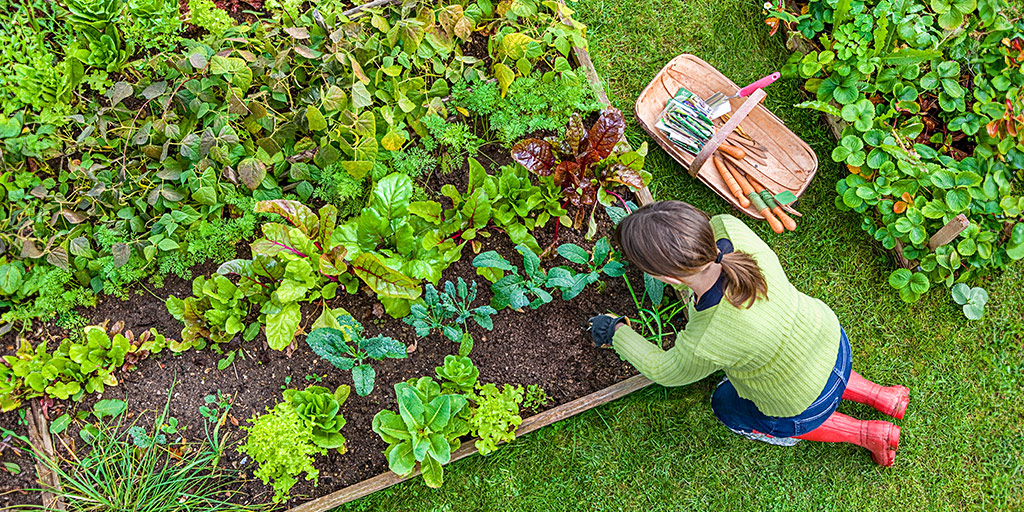All gardeners have their favorite crops that they plant year after year. However, planting the same crops in the same space every season can negatively impact both plant health and soil quality. A simple yet effective practice to counteract this is crop rotation—changing the location of specific crops each year. Rotating crops annually is essential for maintaining a healthy, productive garden.
Benefits of Rotating Vegetable Crops
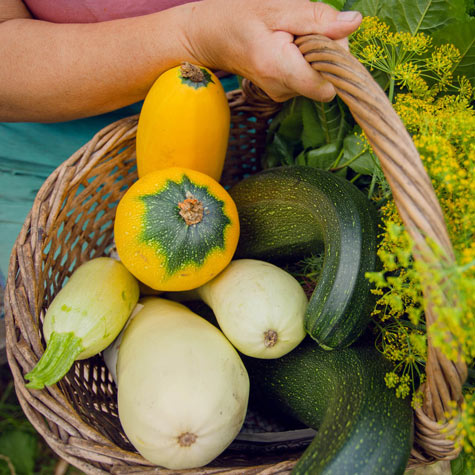
Crop rotation offers numerous benefits, making it a cornerstone of sustainable gardening. Here’s why you should consider it:
- Prevents Soil Depletion: Different crops have varying nutrient needs. For example, corn and tomatoes are heavy feeders that quickly deplete the soil of nitrogen. By rotating crops with different nutrient requirements, you can naturally balance the soil’s nutrient content. This practice reduces the need for synthetic fertilizers, leading to a healthier garden ecosystem.
- Reduces Pest and Disease Risks: Many pests and diseases are crop-specific and tend to build up in the soil when the same crop is planted repeatedly in the same location. Crop rotation breaks the life cycle of these pests and diseases, minimizing the risk of infestations and outbreaks. For example, if you plant tomatoes in the same spot each year, the soil may become a breeding ground for blight or nematodes. Rotating crops disrupts these cycles, helping keep your plants healthier.
- Improves Soil Structure and Fertility: Repeatedly planting the same crop can lead to soil compaction and erosion. Crop rotation helps improve the soil’s physical structure by promoting diverse root systems that aerate and stabilize the soil. For instance, deep-rooted crops like carrots can break up compacted layers, while shallow-rooted crops help prevent soil erosion. Additionally, rotating crops like legumes (beans and peas) that fix nitrogen in the soil with those that require higher nitrogen levels can maintain or even improve soil fertility.
- Increases Biodiversity: A diverse garden ecosystem is more resilient to pests, diseases, and environmental stress. Crop rotation promotes biodiversity by encouraging a variety of plants, microorganisms, and beneficial insects to thrive. This diversity helps create a more balanced and sustainable garden environment.
- Enhances Water Management: Different crops have different water requirements and root depths. By rotating crops, you can manage water usage more effectively, reduce waterlogging, and improve the garden’s overall drought resistance. Crop rotation can also help prevent the buildup of salts and other toxic substances in the soil, which can occur with repeated irrigation of the same crop.
Planning Crop Rotation
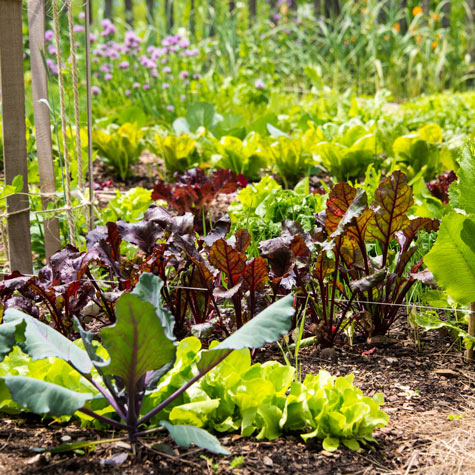
The general rule for crop rotation is simple: avoid growing plants from the same family in the same space for at least three years. This practice reduces the buildup of pests and diseases that can afflict specific plant families. However, even if you have limited space, you can still benefit from rotating crops every 2-3 years by mixing up the planting areas and varieties to help minimize risks and maintain soil health.
Steps for Effective Crop Rotation:
- Map Out Your Garden: Use a simple paper template or garden planner to sketch out your garden beds and plant locations. Record which plants were grown in each area every year.
- Plan Ahead: Before each growing season, review your notes and decide where to plant each crop. For instance, if you planted peas in a particular area last year, consider planting a crop like squash that has different nutrient requirements in that spot this year.
- Follow Nutrient Requirements: Rotate crops based on their nutrient needs. Plant nitrogen-fixing crops, like beans or peas, in one area one year, and follow them with nitrogen-demanding crops, such as leafy greens (kale, cabbage) or root vegetables, the next year.
Crop Rotation Examples by Plant Families
To make crop rotation easier, group plants by their families. Here are some examples:
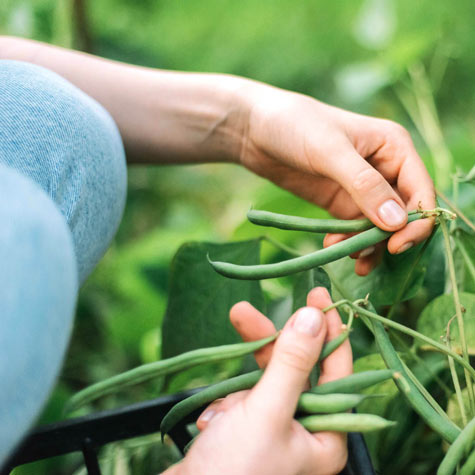
Bean Family (Fabaceae): Includes beans, peas, peanuts, and alfalfa. These plants enrich the soil with nitrogen, making them ideal to precede nitrogen-hungry crops.
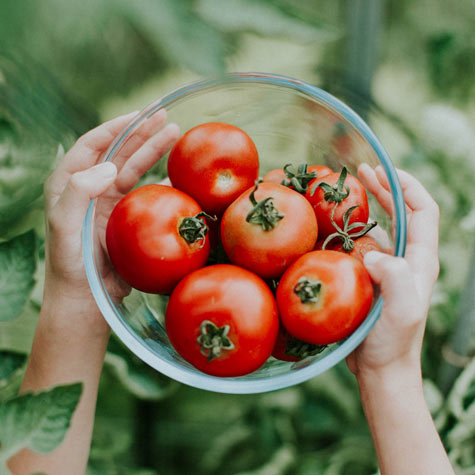
Tomato Family (Solanaceae): Includes tomatoes, peppers, potatoes, and eggplants. These are heavy feeders that often suffer from soil-borne diseases, so rotate them carefully to prevent issues like blight.
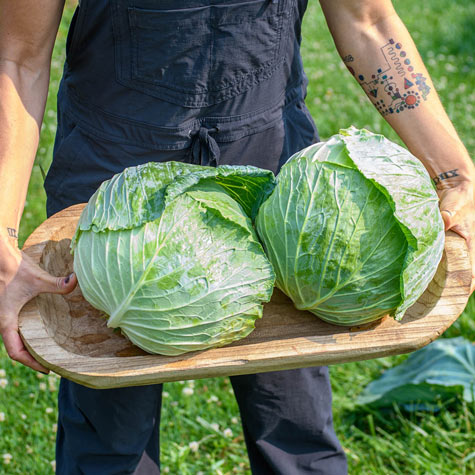
Cabbage Family (Brassicaceae): Includes cabbage, broccoli, cauliflower, and other leafy greens. These plants thrive in nitrogen-rich soil, making them a great follow-up to leguminous crops.

Squash Family (Cucurbitaceae): Includes pumpkins, melons, cucumbers, and squash. Being heavy feeders, they benefit from being planted in rich, fertile soil that has been replenished by nutrient-fixing crops.
By understanding the benefits and strategies of crop rotation, you can enhance your garden’s productivity, maintain soil health, and reduce the risk of pest and disease problems. Start planning your crop rotation today and enjoy a more bountiful, healthy garden for years to come!

